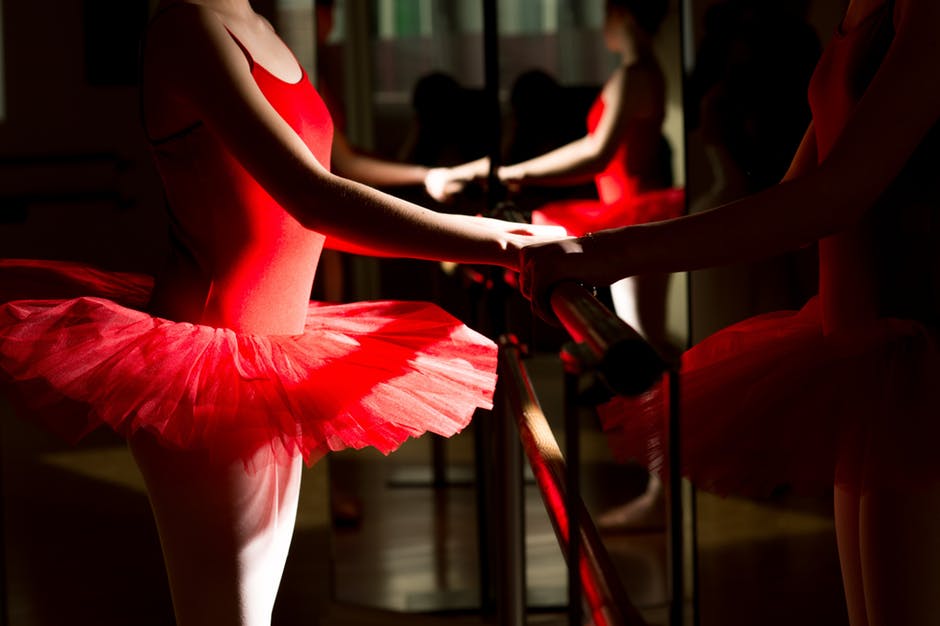Key Takeaways
- Unitards are one-piece, skintight garments with long legs and sometimes long sleeves, providing full body coverage.
- Leotards are also one-piece, skintight garments, but they only cover the torso, leaving the legs exposed.
- Both unitards and leotards are unisex outfits worn by performers in activities such as dancing, athletics, and gymnastics.
A unitard is a one-piece, skintight garment with long legs and sometimes long sleeves, worn by performers who require overall body coverage without hindering flexibility. Dancers, acrobats, gymnasts, athletes, contortionists, and circus performers wear unitards in their performances. Unitards have a long history, dating back to the early 1900s when models and dancers wore flesh-colored unitards to highlight their movements. Today, unitards are available in various colors and materials, with stretchy materials being the most comfortable for performers.
What is a Unitard
Leotards, like unitards, are one-piece, skintight garments that cover the torso of the wearer but leave the legs exposed. They are similar to swimsuits and are worn by a range of performers such as gymnasts, acrobats, and contortionists. However, unitards are more commonly worn by these performers compared to leotards, since leotards expose more skin, which may be damaged in case of injury. The leotard is part of the ballet dress worn beneath the ballet skirt.
Leotards have a longer history than unitards, first introduced in the 1800s by French acrobatic performer Jules Léotard (1838–1870), from whom the garment’s name is derived. Originally, leotards were designed for male performers but soon became popular with women in the early 1900s as a swimsuit. Today, leotards are available in various materials and colors, with sleeveless, short-sleeved, and long-sleeved options. Various necklines can also be found in modern leotards, such as crew necked, polo necked, and scoop-necked leotards.
Similarities Between Unitard and Leotard
Both unitards and leotards are skintight, one-piece garments that are unisex outfits.
What is the difference between Unitard and Leotard?
Unitards are one-piece, skintight garments with long legs and sometimes long sleeves, providing full body coverage. Leotards, on the other hand, are also one-piece, skintight garments but only cover the torso, leaving the legs exposed. Unitards are commonly worn by dancers, gymnasts, athletes, and contortionists, while leotards are most commonly worn by ballet dancers. Unitards were introduced in the 1900s, whereas leotards were introduced by Jules Léotard in the 1800s.
Summary – Unitard vs Leotard
The difference between unitards and leotards is visible; a unitard can be described as a leotard that covers the legs of the wearer. Both garments are unisex outfits and are skintight, complementing the flexibility and comfort needed by wearers. While unitards and leotards are widely used in various performance categories, including dancing, athletics, and gymnastics, leotards are also worn as part of the ballet costume.
